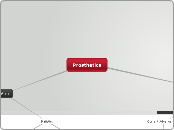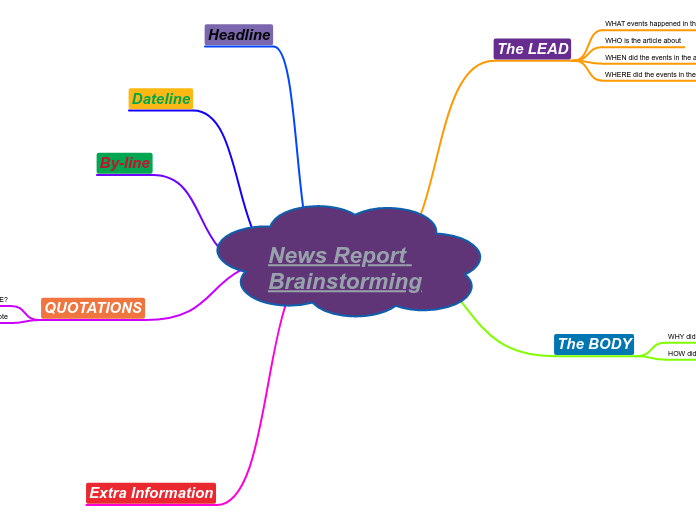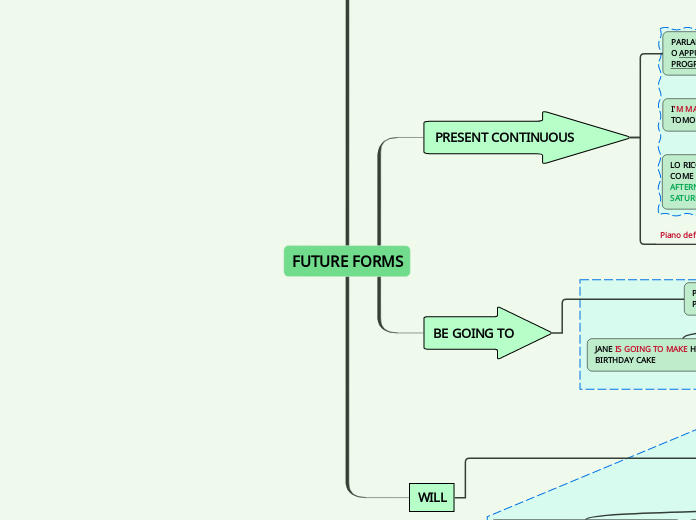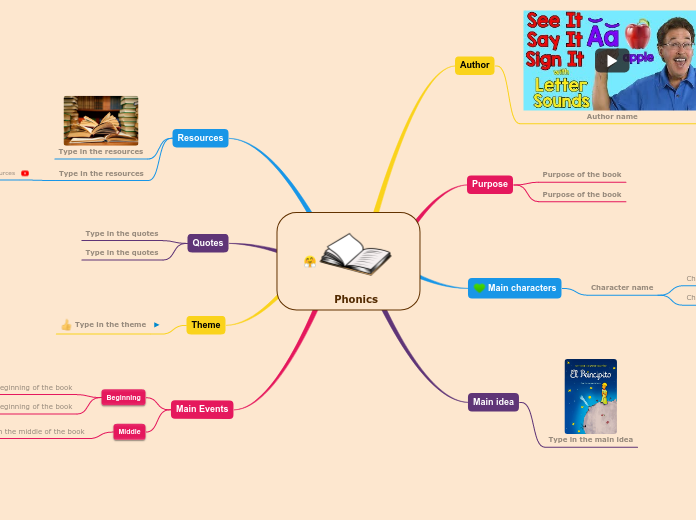Finding Probability
(7.10) Probability and statistics. The student recognizes that a physical or mathematical model (including geometric) can be used to describe the experimental and theoretical probability of real-life events. The student is expected to:
(B) find the probability of independent events.
Lets Practice
Sample Space
Outcomes: A possible result of a probability experiment is called an outcome
The sample space of an experiment is the set of all possible outcomes of that experiment.
Use a tree diagram or and organizedlist to find the sample space.
Organized list: Another way to figure out the total number of possible outcomes is to list them out in a systematic way
The total number of rows gives you the total number of possible outcomes. Add the number of favorable outcomes to find the probability.
What is the probability of getting heads, heads? 1/4
Just like with tree diagrams, it is important to start with one category and to list all of the possibilities with that category before moving on to the next category.
Tree Diagram: A tree diagram is one way to organize and figure out all possibilities for events occurring
I can count each branch to know the total number of possible outcomes and the total number of desired outcomes.
Lastly, I want to finish off each branch by writing the total possibility for each event. So, I will write heads, heads; heads tails; tails, heads; tails, tails.
From each of the possibilities in the first event, I will write all of the possibilities for the second event.
Next, I am going to take a second event, in this case a second coin. I am going to think through all of the possibilities for flipping a coin. They are heads and tails.
The first step is to take one of the events and write all of the possibilities. Start with flipping a coin, what are all of the possibilities for flipping a coin? They are heads and tails, so I write heads and tails.
A special relationship exists between the desired probability of an event and its complement, their sum is equal to 1.
C=1-P(event)
If the probability of drawing a 2 out of the hat is 3/10, then the complement is 1-Probability(drawing a 2).
1-(3/10)=7/10 or 0.70 or 70%.
Steps for finding probability
Probabilities are represented in various forms including rational numbers, decimals, and percents. So another way to represent the answer for this problem would be 0.30 or 30%.
Theoretical probability is represented by the ratio of desired outcomes to the total possible outcomes
The probability of an event is a number from 0 to 1, including 0 and 1. The closer a
probability is to 1, the more likely it is to happen.









